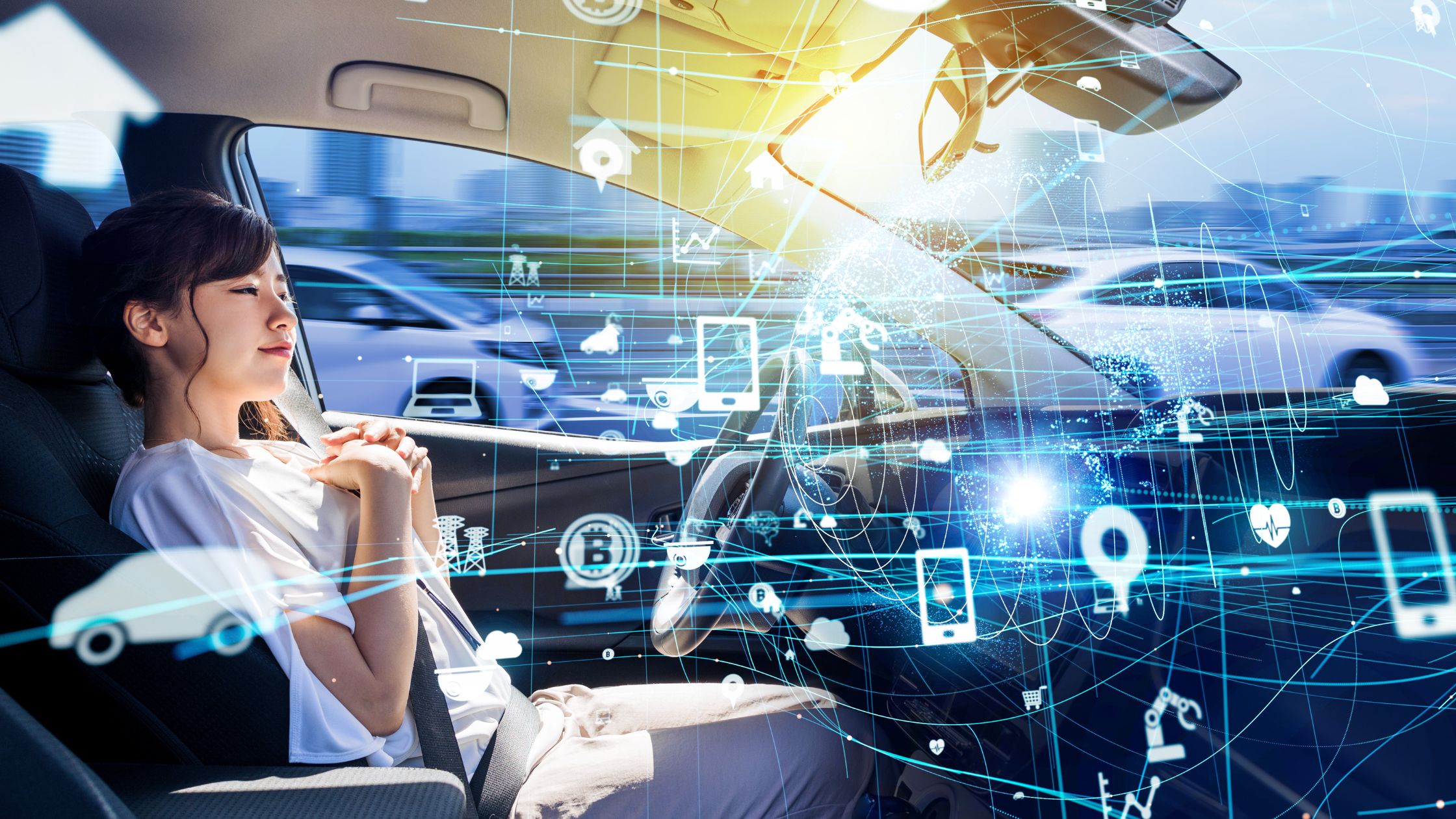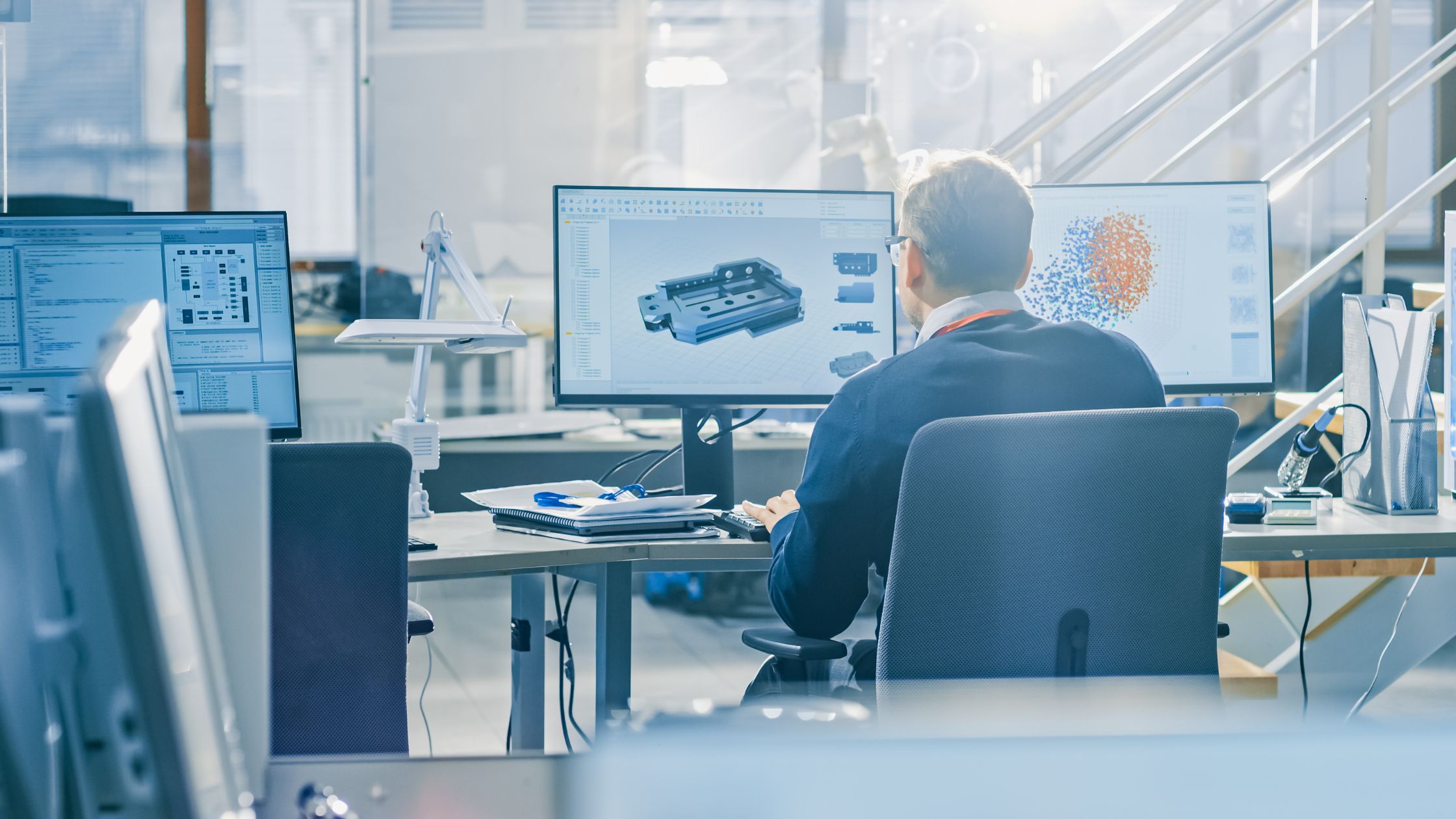MODIFIED ON: August 29, 2023 / ALIGNMINDS TECHNOLOGIES / 0 COMMENTS

Get ready to dive into the riveting world of “Computer Vision for Autonomous Vehicles: Enabling Safer and Smarter Transportation.” In this cutting-edge era, where AI meets the open road, let’s explore how pixel-powered genius is reshaping our highways. Did you ever realize that human misjudgments cause over 90% of all road accidents? Discover how computer vision’s eagle-eyed precision slashes this alarming statistic while propelling us towards a future of autonomous marvels.
From detecting obstacles to reading traffic signs, we’ll dive into the mind-boggling ways computer vision revolutionizes the road, propelling us toward a future where safety and sophistication share the driver’s seat.
A brief overview of Autonomous vehicles
Autonomous vehicles, incorporate state-of-the-art sensors, computational technology, and Artificial Intelligence (AI) in Transportation. These vehicles can navigate and operate without human intervention, relying on intricate algorithms to perceive their surroundings, make real-time decisions, and safely maneuver through complex traffic scenarios.
Progress in autonomous vehicle technology holds the key to bolstering road safety, easing traffic congestion, and fundamentally changing the way we think about transportation.
Computer Vision Technology
Computer Vision Technology pertains to the crafting and implementation of algorithms and systems, enabling computers to decipher and process visual information derived from the global environment. It encompasses tasks such as image and video analysis, object recognition, scene understanding, and gesture tracking.

This technology finds applications in various fields, including autonomous vehicles, medical imaging, surveillance, and augmented reality, revolutionizing industries and enhancing human-computer interaction through the understanding of visual data.
Advantages of computer vision in autonomous vehicles
Object Detection and Recognition: Computer vision enables autonomous vehicles to identify and classify objects such as pedestrians, vehicles, and obstacles in real-time. This information is crucial for making informed decisions and planning safe trajectories.
Low-Light Assistance: Computer vision algorithms equipped with low-light image enhancement techniques enhance visibility in challenging lighting conditions, allowing autonomous vehicles to operate safely during nighttime or in poorly lit environments.
Lane Detection and Lane Keeping: Computer vision systems analyze road markings to accurately detect and track lanes, helping autonomous vehicles maintain proper lane position and execute safe lane changes.
Generation of Three-Dimensional Maps: By processing images from multiple cameras, computer vision constructs detailed 3D maps of the vehicle’s surroundings. These maps aid in navigation, localization, and path planning.
Collision Avoidance: Computer vision continuously monitors the environment to anticipate potential collisions with other vehicles or obstacles. It triggers timely alerts and assists in applying appropriate braking or steering actions to avoid accidents.
Initiation of Automotive Airbag Systems: In the event of an imminent collision, computer vision can assess the severity of impact and the presence of passengers. This information guides the activation of airbags to minimize injuries.
Detection of Lane Lines: Computer vision algorithms precisely detect and track lane markings on the road, helping the autonomous vehicle maintain proper lane position and ensure safe driving within lanes.
Challenges in Implementing Computer Vision for Autonomous Vehicles
Environmental Variability and Unpredictability: Autonomous vehicles must operate in a wide range of unpredictable and complex environments, including varying weather conditions, different lighting levels, and dynamic road scenarios. Implementing computer vision systems that can robustly handle these variations and adapt in real-time poses a significant challenge.

Safety and Reliability Requirements: Ensuring the safety and reliability of autonomous vehicles is paramount. Computer vision algorithms must accurately detect and interpret objects in the environment, including pedestrians, other vehicles, road signs, and obstacles. Any errors or misinterpretations could lead to accidents, emphasizing the need for highly accurate and fail-safe vision systems.
Real-time Processing and Latency: Autonomous vehicles operate in real-time and require rapid decision-making based on the information collected by computer vision systems. Achieving low latency processing while maintaining high accuracy is a major challenge. Balancing the computational requirements of advanced algorithms with the need for quick response times is crucial for safe and efficient autonomous driving.
Edge Computing and Data Management:The massive amount of data generated by the sensors and cameras in autonomous vehicles poses challenges for data storage, transmission, and processing. Effective edge computing solutions are essential to handle the data locally within the vehicle while still ensuring the availability of relevant information for decision-making. Efficient data compression, storage, and communication protocols are critical for optimizing the use of onboard computational resources.
The Crucial Role of Computer Vision in the Autonomous Vehicle Revolution
In the fast lane of innovation, Computer Vision emerges as the unsung hero, steering us towards a future of autonomous vehicles. As we bid adieu, remember this: it’s not just about self-driving cars, it’s about self-driving safety and intelligence. With Computer Vision at the driver’s seat, roads become safer, traffic smarter, and journeys seamless.

So, buckle up for the exciting ride ahead, where the road ahead is illuminated by the potential of computer vision to redefine our journey towards a safer, more autonomous future.
Leave a reply
Your email address will not be published.
-
Recent Posts
- The Ultimate 4-Step Guide to Modernizing Your Applications
- The 12 Most Popular Computer Vision Tools in 2024
- How MLOps is Transforming Businesses in 2024
- The Ultimate Guide to Product Engineering Services for Businesses
- 5 Top Use Cases of Computer Vision in the Hospitality Industry
-
Categories
- MVP Development (5)
- AlignMinds (55)
- Operating Systems (1)
- Android POS (3)
- Application Hosting (1)
- Artificial Intelligence (23)
- Big Data (2)
- Blockchain (1)
- Cloud Application Development (7)
- Software Development (29)
- Software Testing (9)
- Strategy & User Experience Design (4)
- Web Application Development (23)
- Cyber Security (6)
- Outsourcing (7)
- Programming Languages (3)
- DevOps (5)
- Software Designing (6)
- How to Code (4)
- Internet of Things (1)
- Machine Learning (2)
- Mobile App Marketing (4)
- Mobile Application Development (18)
- Mobile Applications (5)







